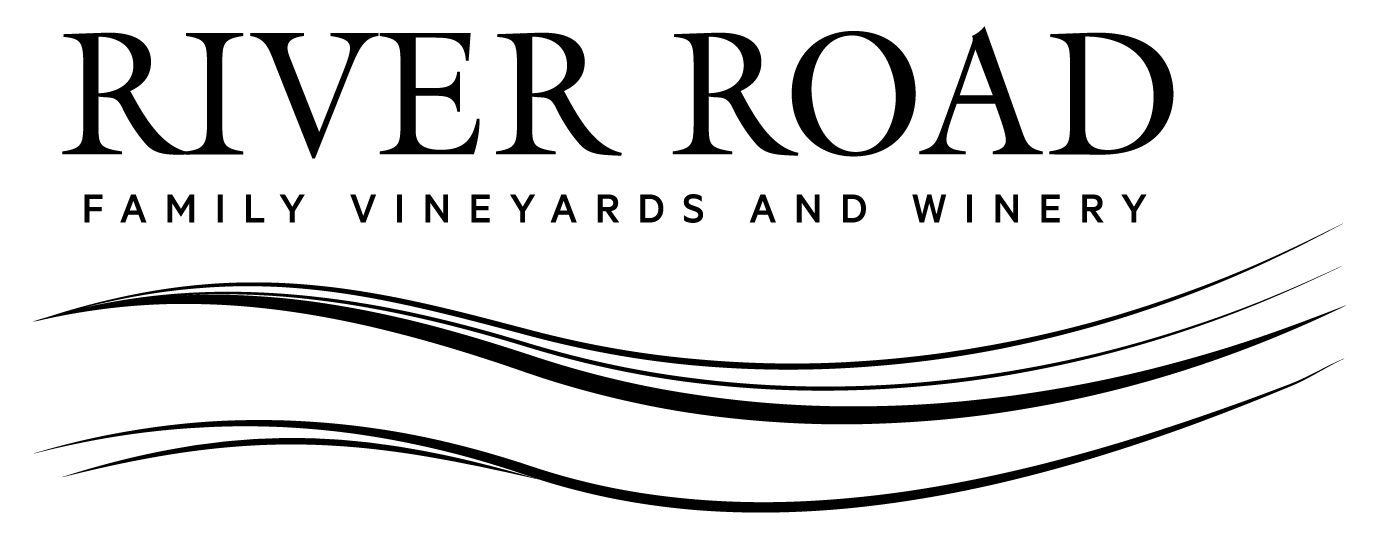VINEYARD GROWTH
It’s been a slow start to spring, with cool, rainy conditions persisting throughout the month of April. The vines (and grape growers!) can’t be endlessly patient, so they’re pushing forward through mud and raindrops. You can see in this photo that the vines have grown a lot since last month, even with the wintry conditions.
As I meet with our grape growers every spring, I pick their brains for insights and predictions, about the coming vintage. One of interesting comments I heard this year was, “just like the rainy winters and springs I remember as a kid,” from a veteran grape grower, with 40 vintages under his belt. Then, from another seasoned grower I respect, “it’s shaping up like 2011.” Yikes! Although we had a very successful 2011, many of our Sonoma County neighbors weren’t as nimble, and their grapes failed to ripen that year.
These types of conditions bring out a mental state that’s common among farmers in spring: optimism for the young plants sprouting into life, countered by a sense of impending doom. I’m surprised that we don’t see more prayer grottos in our local vineyards!
COMPOST TEA APPLICATION
On April 21, Advanced Viticulture made another compost tea application to our estate vineyard. The first one was made post-harvest, in 2016. This second application will boost the populations of beneficial microorganisms in our soil, after the very wet winter just completed. With over 70 inches of rain, the weather has very likely driven many of the microbes down into deeper soil profiles.
Several new factors are now at work affecting our soil biome (the large naturally occurring community of flora and fauna occupying our vineyard). In addition to compost tea applications, the vineyard is slowly adjusting to the surplus of water received as rainfall, during the past two years. Hard to believe that drought is even possible in Sonoma County, after the winter we just experienced! Possible leaching effects of available nutrients from the root zone will be quantified, as we sample and test the vines this month.
We’re also two years removed from the last Roundup application in our vineyard rows. This was used to suppress weeds under the vines, but has been replaced by our use of the “Sunflower” tiller. Although Roundup targets a plant-specific enzyme, there’s a lot of uncertainty around the unintended effects in our ecosystem, including on microorganisms that are beneficial to the vines’ roots.
At this early stage of the trials:
• We have no hard data to support the use of the compost teas in vineyards.
• In this case we’re trusting our instincts and what we’ve learned, over many vintages on our estate.
• And, we have the recommendations of the Advanced Viticulture team.
THE 2016 WINES ARE WAKING UP IN THEIR BARRELS!
Ed Morris’ barrel column will make a reappearance in next month’s Winemaker Notes. In the meantime, I’ll update you on the status of our wines in barrel. While some of the wines, especially the Chardonnays and Pinot Gris, have already been bottled, several varieties are continuing their maturation in barrel. Of these, the Pinot Noir’s awakening is most impressive at this time of year.
For some reason, Pinot Noir goes into a hibernation of sorts after fermentation. I like to think that it’s frustrated by the obstacle course it’s just been through – picking, destemming, fermentation, pressing, transfer to barrels – and is simply worn out. A few months of undisturbed rest in barrel seems to bring back the life that I sense and taste, when picking the grapes!
Ed and I will be sampling every single barrel in the next few months, as we make our selections for the Ron Rubin Estate Green Valley Pinot Noir, the Ron Rubin Gunsalus Vineyard Green Valley Pinot Noir, and our Ron Rubin Russian River Valley Pinot Noir. We’re very excited by the quality of the 2016s, and look forward to introducing them to you!
HONEYBEES!

Last week, a group from Monsieur Touton Selection, our distributor in the Northeast, joined me on a visit to Hopkins River Ranch. We went to hear Bob Hopkins discuss growing Pinot Noir in the Russian River Valley and to walk his vineyard.
While we were walking back to the van, we had an experience that showcased the importance of sustainability in the vineyard. As we walked down the vineyard drive, a massive swarm of honeybees passed just five feet in front of us. What an experience that was!
I’ve been a beekeeper in the past, and seeing this healthy swarm made a very positive impact on my day! Bob’s son and daughter-in-law run an organic produce farm, on the same property. Even though Bob’s vineyard is not certified organic, a conscious approach to farming allows natural elements, like honeybees, to have an important place in farm production!
I’m constantly reminded that grape growers are present in their vineyards every day, and they want their workers, their families, and themselves to be immersed in a healthy environment. I certainly appreciate that, when I’m walking the vineyard rows and sampling fresh grapes prior to harvest.
The swarm’s passing was very cool experience and worth sharing with you.
Cheers!





